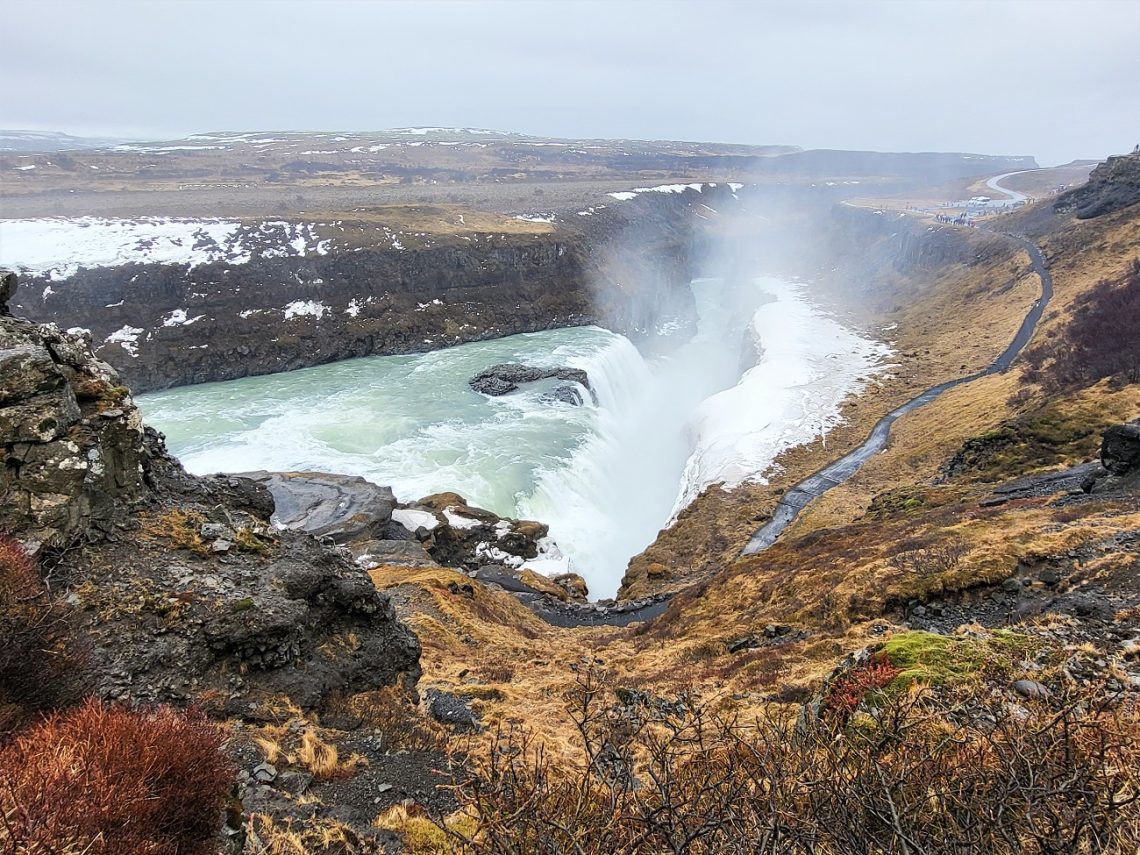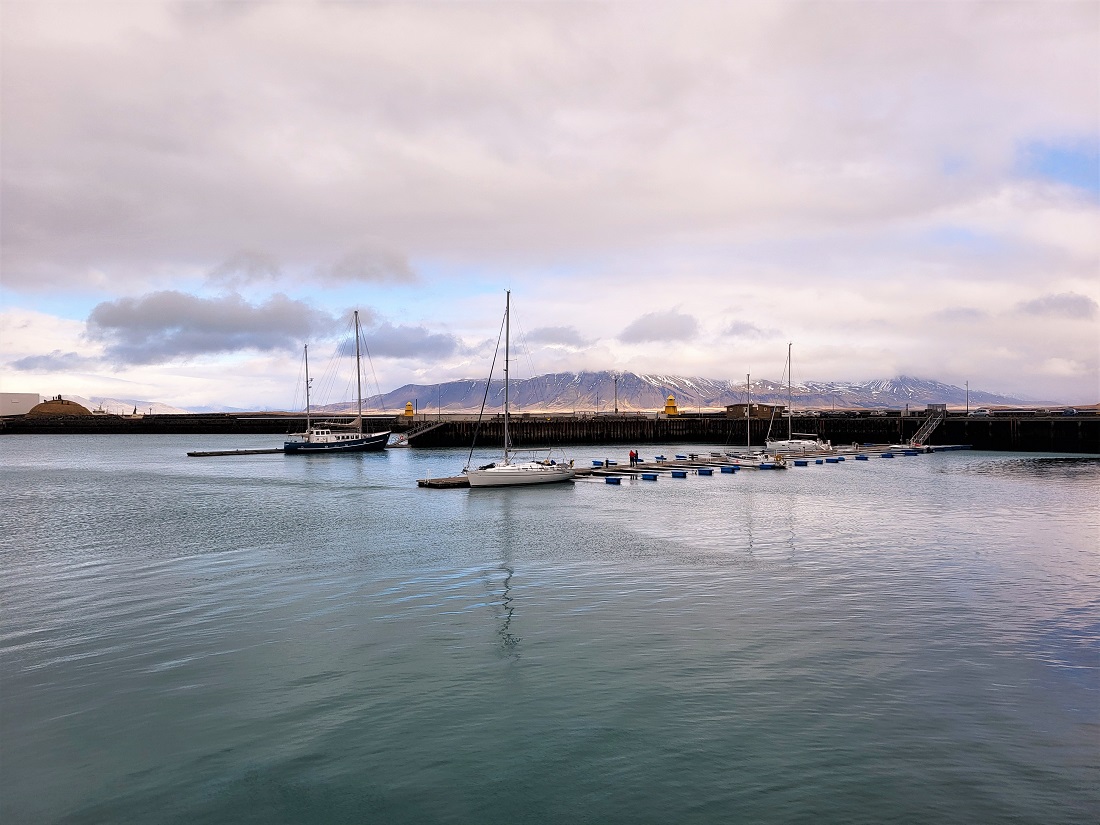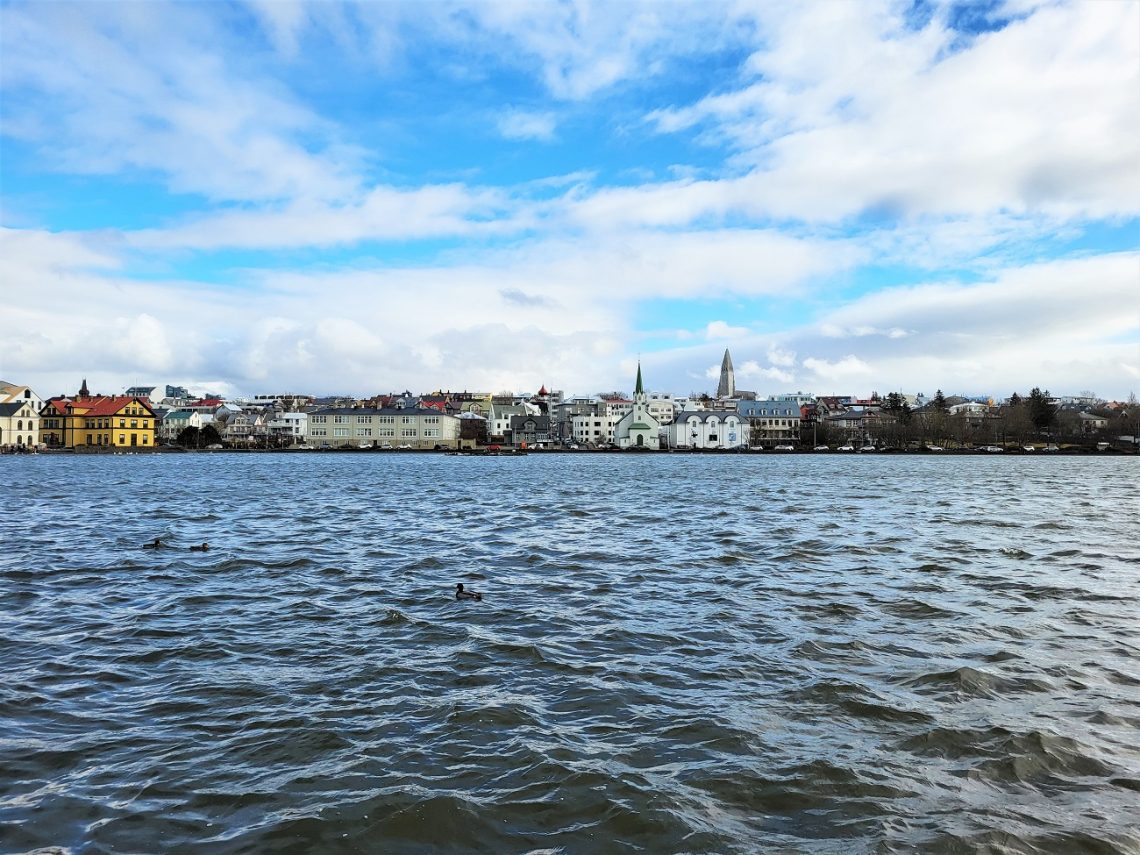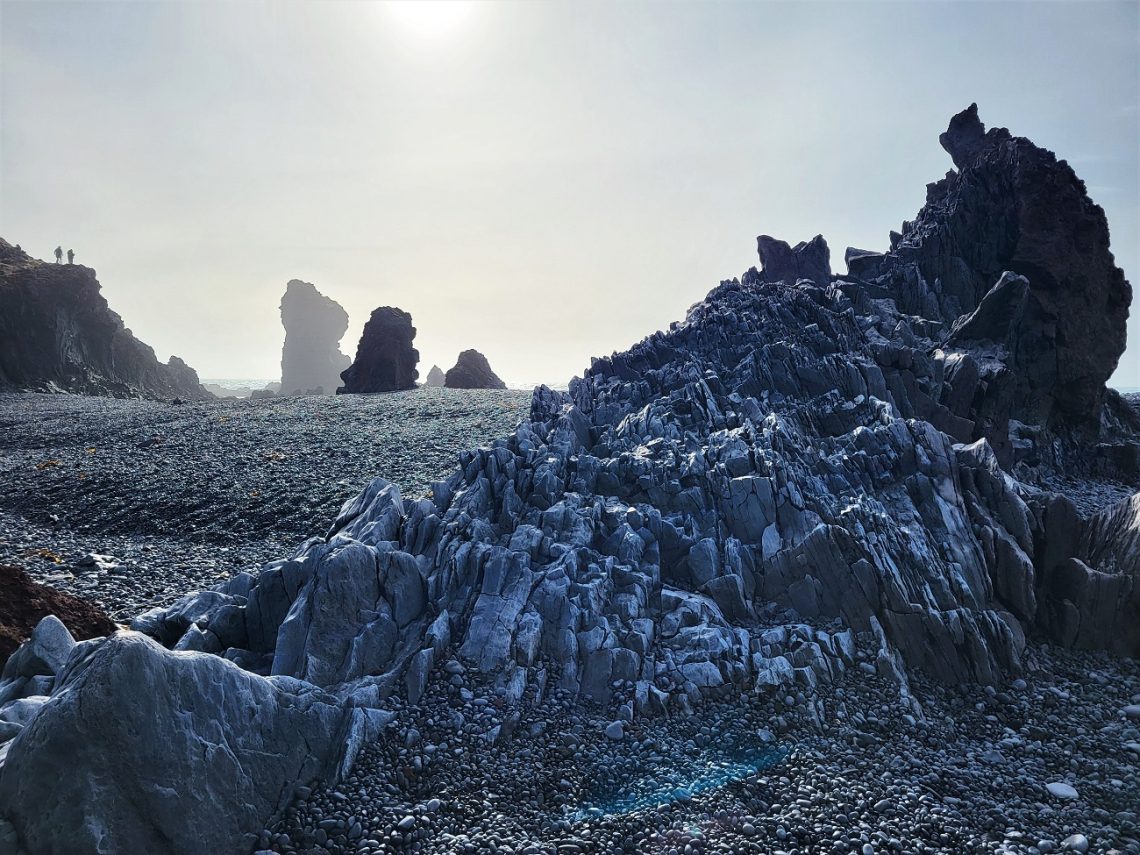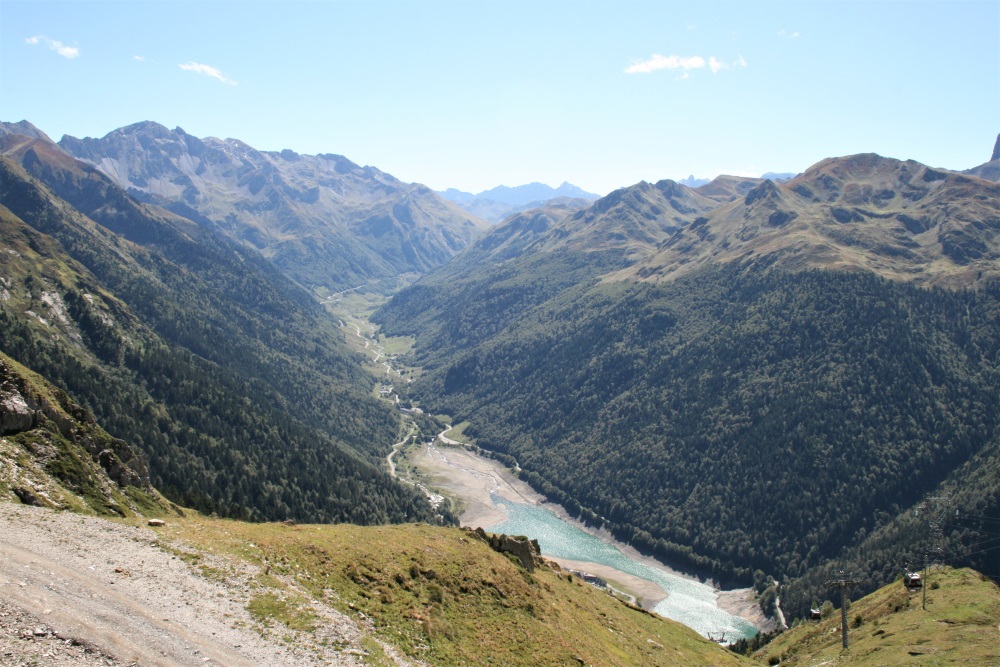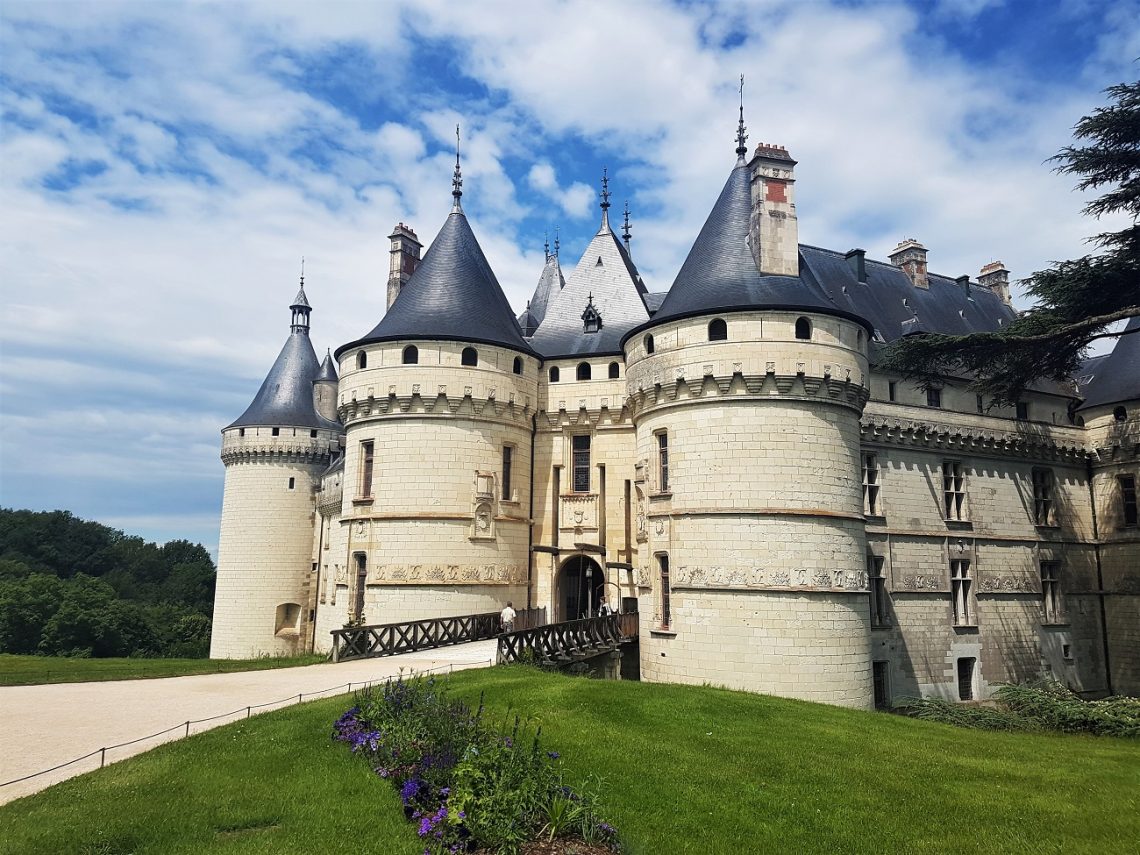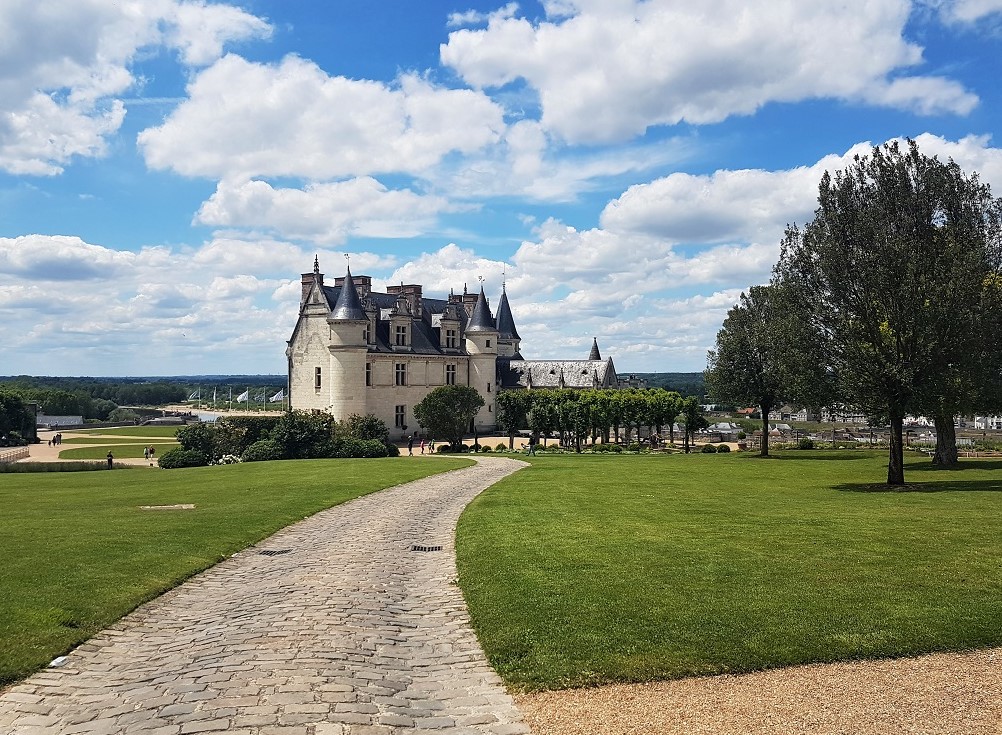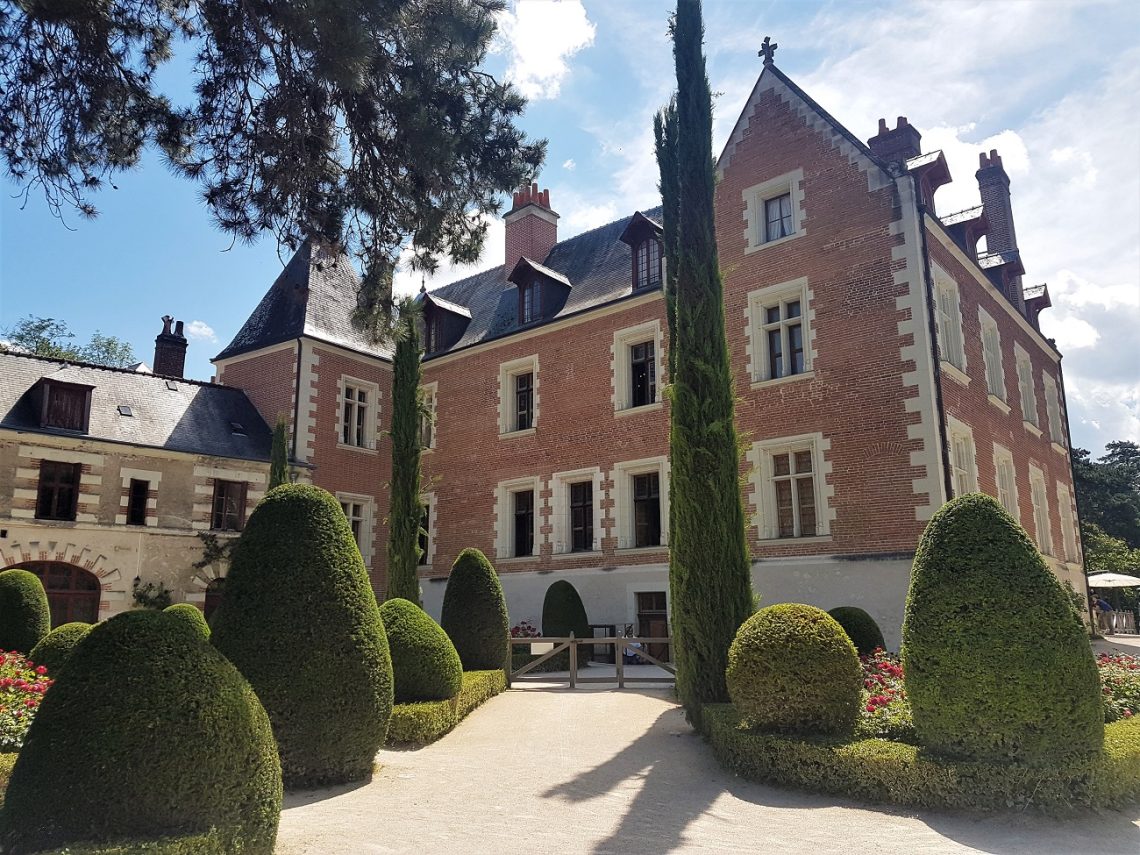Whether you love a spot of art, history, nature or culture, you’re bound to find a museum for you in Reykjavik. The Icelandic capital boasts a huge array of museums covering everything from whales to maritime history, manuscripts and photography. There’s even a museum dedicated to phalluses, which bills itself as “the world’s only genuine penis museum”. Regular readers of my blog will probably have guessed that I’m rather partial to a museum. So it goes without saying I’d planned a visit to a trio of Reykjavik’s most illustrious institutions – the National Museum of Iceland, the National Gallery of…
-
-
From vividly hued craters to bubbling geysers, powerful waterfalls and a serene rift valley, the classic Golden Circle tour offers visitors a tantalising glimpse of Iceland’s stunning and varied landscapes. The day-long tour from Reykjavik takes visitors around a series of sites in south Iceland, including the Geysir Geothermal Area, the spectacular waterfall Gullfoss and historic Þingvellir National Park. Some tours add other nearby sites, too. I booked onto a tour by Get Your Guide that also stopped at the extraordinary Kerid Crater. I joined the tour, a coach-load of some 50 people, at a bus stop in central Reykjavik,…
-
When I was looking for things to do in Reykjavik, two things jumped out at me – whale watching and seeing the Northern Lights. Regular readers of my blog will know that I love any opportunity to see wildlife and having never observed whales in the wild or Aurora Borealis, I was keen to see if I could catch a glimpse of these two incredible natural wonders. Here’s how I got on… Whale watching in Faxaflói Bay The waters surrounding Iceland are home to a host of marine life, including blue, minke and humpback whales, as well as orcas, harbour…
-
The most northerly capital in the world, Iceland’s biggest city is small, compact and friendly, and can easily be explored on foot. I spent a lot of time during my five days in Reykjavik walking around the city centre as I traversed from one part to another. Here’s a whistle stop guide to some of the sights I visited… A very brief history of Reykjavik Founded in 870 by the Vikings, Reykjavik means ‘Bay of Smoke’ and was named for the steam coming from the area’s geothermal springs. It was a small and fairly inconsequential settlement until the end of…
-
The land of fire and ice is a beguiling, otherworldly place, its scenery as dramatic as its nickname suggests. From bubbling geysers to snowcapped volcanoes, stunning waterfalls (below) and black sand beaches, nothing quite prepares you for Iceland’s magnificent beauty. As I travelled across the Reykjanes Peninsula on my way to the country’s capital Reykjavik, I was struck by the vast expanse of yellow grass and jet black soil that surrounded us. It was a bleak, unrelenting scene, unlike any I’d seen before and I was instantly captivated. It took me a while to put my finger on why I…
-
I couldn’t very well spend a week in Béarn, in the shadow of the Pyrenees, without spending at least one day exploring the majestic mountain range. So we set off on a road trip that would take us through the Ossau Valley, one of a number of valleys cutting a swathe through the Pyrenees. The Ossau Valley is the third largest Pyrenean valley in Béarn, starting just south of the regional capital Pau and running all the way to the Spanish border. We followed the D920 and then the D934 into the valley, passing a number of small towns along…
-
There are few things I enjoy more than a good glass of wine, so when I discovered Alsace had its own Route du Vin, there was no way I was going to let that opportunity pass. Snaking its way through the Alsatian countryside in the shadow of the Vosges mountains, the Route du Vin is so-called because of the many, many vineyards in the area. This is wine country and all around us, the fields and hills were filled with row upon row of grape vines. And all along the winding road were caves selling the wares made from these…
-
Of all the châteaux I visited in the Loire Valley, my favourite was possibly Chaumont-sur-Loire. This château, perched high on a cliff overlooking the picturesque River Loire, may not have the architectural flourishes of Chambord or Chenonceau, but it’s a delightfully charming affair surrounded by acres of stunning gardens. Originally founded at the beginning of the 11th century by Odo I, Count of Blois, the current château dates back to the late 15th and early 16th centuries. In 1465, the old château was burned to the ground on the orders of Louis XI after its then-owner Pierre d’Amboise took part…
-
The last château we visited in the Loire Valley was the elegant Château d’Amboise. Set high on a rock overlooking the historic market town of Amboise on the banks of the River Loire, this former royal château is where Leonardo da Vinci was laid to rest. The castle became a royal residence in 1434 when Charles VII took it from its then-owner Louis d’Amboise as punishment for plotting against Louis XI. Much of the current building dates back to the late 15th century when Charles VIII had it rebuilt. For the next 150 years or so, the château was a…
-
In the historic market town of Amboise on the banks of the Loire, you’ll find Château du Clos Lucé, the large brick mansion where Leonardo da Vinci spent the last years of his life working for the French court. The legendary artist-scientist-inventor had been enticed to France at the age of 64 by François I, who lent him the royal family’s summer house as a base, and da Vinci lived there for the next three years until his death on 2 May 1519. The château, which was originally named Manoir du Cloux, was built by Hugues d’Amboise in the 15th…


